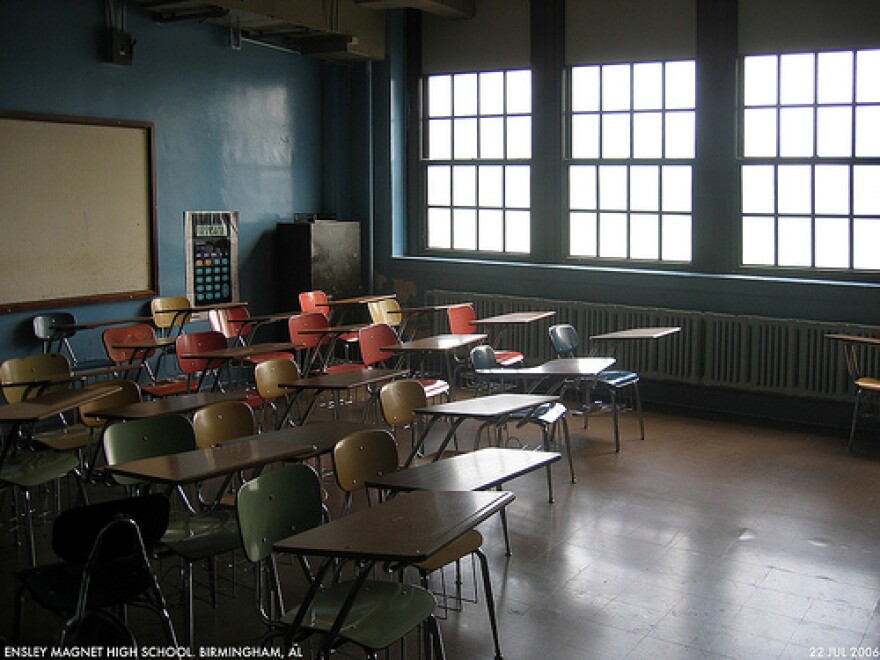Once the COVID-19 pandemic ends, many Baltimore County students will find themselves back in crowded schools. One reason for that is that the county code allows developers to build near school buildings that already have too many children.
Now parents and county officials alike are telling a task force put together by the county council that action needs to be taken to fix a broken system.
Jessie Jaeger, a mother of two students at Hampton Elementary School, told the task force she worries what classrooms will look like once virtual learning ends.
“Even though we have vaccines that are now rolling out, which is phenomenal, I still think it’s going to be a really long time before our world is safe enough to squeeze our students in like sardines like they’ve been,” Jaeger said.
Baltimore County’s school construction has not kept up with a growing student population. The task force is looking at the link between that, and how the county green lights developments that put more children in already crowded schools.
Phoebe Evans Letocha, whose son is a junior at Towson High School, told the task force some of the student overflow trailers at the school have been there since 2004.
“Which means some of its 12 trailers are going into their 17th year of service at Towson High,” Letocha said. “Why does the county continue to approve new housing developments in a chronically-overcrowded school district?”
Towson High is the county’s most crowded high school, operating at nearly 130% of its student capacity.
Letocha said, “It’s time to change this broken system so we do not continually have chronically overcrowded schools.”
Rod McMillion, who represents Eastern Baltimore County on the school board, pointed out to the task force that crowded schools are not limited to the Towson area.
“Dundalk High School opened in 2013, and immediately had trailers,” McMillion said. “Patapsco High School has a 16-trailer complex that sits within the courtyard of that school building.”
Baltimore County’s code states a developer cannot build in a school zone if that school is crowded. But there is a loophole. If there is room in a nearby school, the county can approve the development. Then the school board is supposed to adjust the enrollment by redistricting the schools’ boundaries, but that rarely happens. The task force is considering recommending the county close that loophole.
Another part of the code the task force is examining that favors developers says schools are not considered crowded until they reach 115% capacity.
That should be 100% or a little less, according to Eric Rockel, the president of the Greater Timonium Community Council.
“To create some sort of policy that encourages schools to get at 115% before the problem’s addressed does not make sense,” he said.
Rockel added the school system in the past low-balled its estimates of how many children it expected to live in a planned development.
“The counts and projections that have been provided were in my humble estimation wholly inadequate,” Rockel told the task force.
No one representing developers spoke at the public hearing.
Last month, Lori Graf, the CEO of the Maryland Building Industry Association, which represents developers, told WYPR that she supports the current code. However, she expects the task force’s eventual recommendations will mean developers will need to make concessions.
Graff cautioned that any changes that slow down development would hurt the county’s economy.
Republican County Councilman David Marks, who is responsible for the creation of the task force, said clearly the system needs to be fixed.
“We have overcrowding that has impacted our schools for generations,” Marks told the task force.
Marks said it’s not only new developments that are packing school buildings. Young families also are moving into older neighborhoods whose schools are already crowded.
The task force plans to submit its report to the county council around the first of the year.





